Robert Frost is considered the quintessential New England poet, and although his images may be rooted in its land and mountains, his poems speak to a universal audience. Two of his homes in New Hampshire give visitors insights into this beloved poet and the landscapes that inspired his work.
The first is The Frost Farm in Derry, where he lived from 1900 until 1911 and wrote some of his best-loved poems, including Tree at my Window and Mending Wall. The second is the home in Franconia, where he and his wife lived after their return from England in 1915. Here he wrote several of the poems that earned him his first Pulitzer Prize.
Frost already had a background in New Hampshire before he moved to Derry, having lived here as a child, but it was an offer from his grandfather that brought him back. Concerned that Frost had changed jobs frequently and not yet settled into anything, William Prescott Frost offered him a deal. He would buy a farm in Derry which he would deed to Frost after he had lived there for 10 years.
For about five years, the family lived and farmed in Derry, raising chickens and vegetables, and settling into the life of the community. When he decided that farming didn’t provide enough for his growing family – four of his children were born in Derry – he took a teaching position at nearby Pinkerton Academy, a private high school. Contacts he made there led to another teaching position in Plymouth, NH, where he moved in 1911.
Through all his years farming and teaching, Frost never gave up his dream of becoming a poet, and he continued to write, often at the kitchen table after the children had gone to bed. He worked with his neighbors, sharing farm chores, such as mending the stone walls that delineated many rural New Hampshire farms. One of his best-known poems, Mending Wall, speaks of this, with the immortal and often-quote line: “Good fences make good neighbors”.
His life as a farmer, and the nature of the land he worked became the inspiration for many of his poems, as well as the foundation for his lifetime of works. The land and people he lived among shaped his thinking, and hence his poetry. Although they were published later, Frost’s first three books — A Boy’s Will, North of Boston and Mountain Interval – were written here and are all shaped heavily by his life in a rural community and his work on the farm. Frost himself often confirmed this influence on his work.
Visiting the Frost Farm today is like stepping into his family’s life, as the simple two-story farmhouse house was furnished with the guidance of his daughter, Lesley Ballentine Frost, even to wallpapers (located only after intensive searches) and the color of the kitchen floor. The soapstone sink is the one used by the Frosts, and Elinor Frost’s Royal Doulton china is on the shelf.
Tours of the house last about 45 minutes, during which the guide explains the connections between the house, the land and Frost’s poetry, as well as relating more information on the family’s years here.
After touring the house, which is open from 10 am to 4 pm from May through October, visitors can explore the property to discover places Frost included in his poems. Here they will find the stone wall he and his neighbor mended together, as well as Hyla Brook. The self-guided nature trail points out these sites and includes signage with 14 Frost poems. The grounds and trails are open year-round and free; you can even enjoy the view from the back porch any time.
The Frost Farm has an active program of events, many of which are free and open to the public. Among them is the free Hyla Brook Reading Series, where poets and poetry lovers meet in Robert Frost’s barn to hear acclaimed poets read their work. Each June, the Frost Farm Poetry Conference is a series of workshops with award-winning poets to help both beginning and published poets master the art.
You will sense a different Frost at The Frost Place in Franconia, the published poet, internationally recognized and accoladed, but whose roots in the countryside remained true. The view from the house and the ragged hillside were his muse and here he wrote several of his best-loved poems.
Frost and his wife and four children moved here in 1915 when they returned from a stay in England, during which time Frost had published his first two books of poetry and developed friendships with other poets, including Ezra Pound. Frost already knew New Hampshire’s White Mountains, as the family had spent a summer in nearby Bethlehem, one which Frost described as “one of the pleasantest we have had for years”.
When they first returned, Frost had roamed the backroads and trails looking for a spot with a mountain view, and he found it on the side of Ore Hill in Franconia. The town had once been a center for the iron mines and smelting furnaces, one of which you can still see in the village center. The view from the front porch and upstairs rooms encompassed the peaks above Franconia Notch, enough to inspire any creative mind.
While living here, Frost wrote many of the poems included in his collection entitled New Hampshire, which included three of his best-known works – Stopping by Woods on a Snowy Evening, Fire and Ice, and Nothing Gold Can Stay. The book earned him the first of his four Pulitzer Prizes. The Frosts lived here for five years, writing and teaching at Dartmouth and elsewhere, until Amherst College lured him to Massachusetts with a post as Poet in Residence. But they returned to the Franconia house in the summer for nearly two decades.
The small 1860s farmhouse is much as it was when the Frosts lived here, and inside visitors can climb to the second floor to see the view Frost saw from the table where he wrote. Inside the house are handwritten poems, signed first editions of his works and other artifacts from his years here.
Winding through the meadow and woods where his children played is a half-mile nature trail signposted with his poetry. Visitors are welcome to sit in the chairs on the front porch to enjoy the mountain skyline. The house is open from May through October, but visitors are welcome to walk through the grounds anytime.
The Frost Place was preserved thanks to the foresight and determination of the small town of Franconia, which voted to buy the property and turn it into a center for poetry. Like Frost’ home in Derry, The Frost Place is now a gathering place for not only for admirers of Frost, but for those who wish to write poetry themselves.
An annual Festival and Conference on Poetry helps writers extend their skills through classes and workshops with well-known poets, and a summer fellowship is awarded each year to an emerging American poet, enabling them to live and write in the house for several months. A poet couldn’t ask for more inspiring surroundings.
Side Dish
Only a few miles from The Frost Place in Franconia, Adair Country Inn occupies one of the many summer “cottages” in Bethlehem were wealthy city families spent their summers enjoying the cool mountain air. The 1927 home has been beautifully preserved and the Olmstead gardens restored, so guests feel as though they were stepping back a century to a different, more leisurely world. Adair’s dining room, which is open to the public, serves updated takes on New England favorites. Reserve early for a table on the terrace, surrounded by flower gardens.
By Barbara Radcliffe Rogers
Europe Correspondent, Planetware
Luxury Travel Editor, BellaOnline
Features, Global Traveler Magazine
https://worldbite.wordpress.com

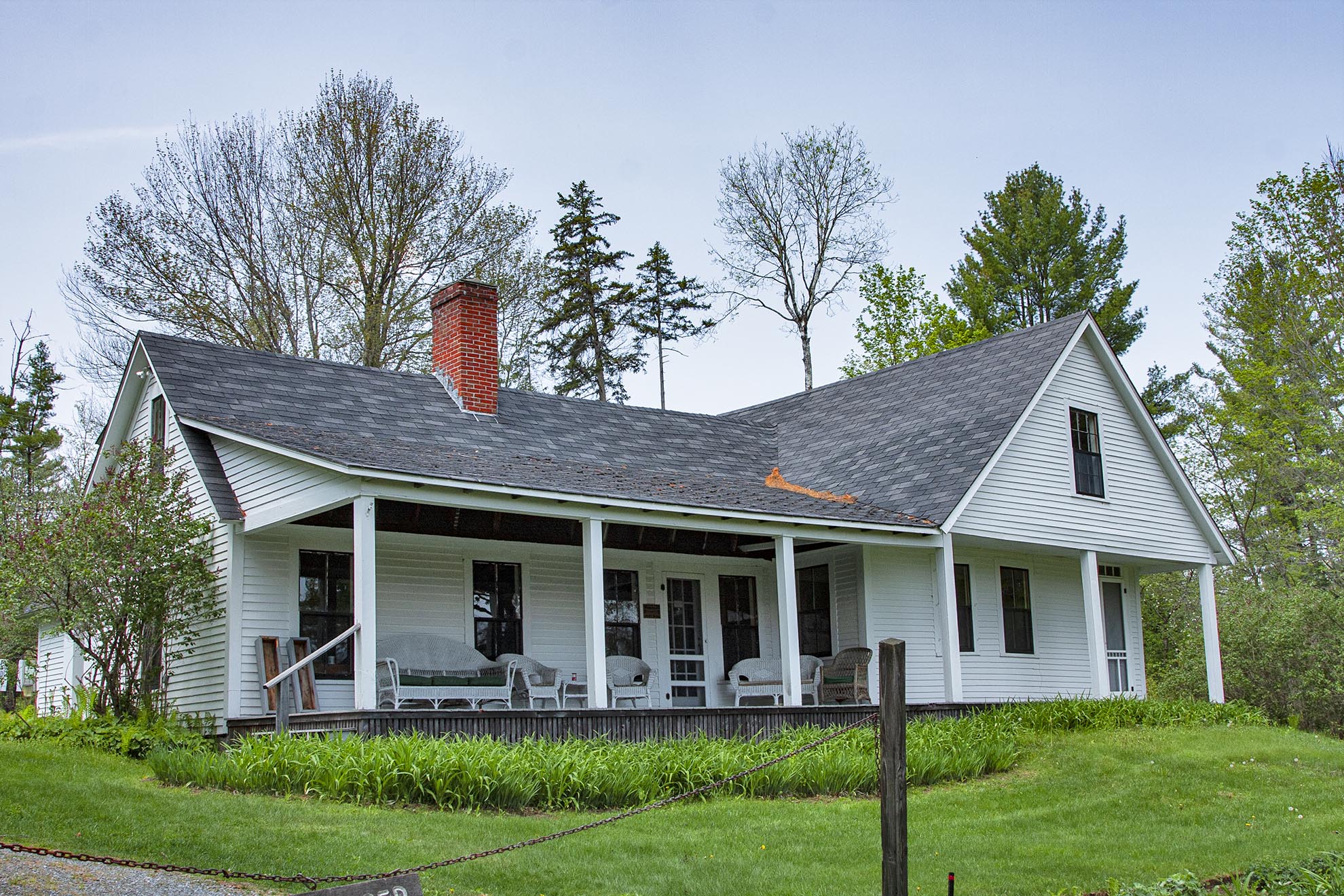
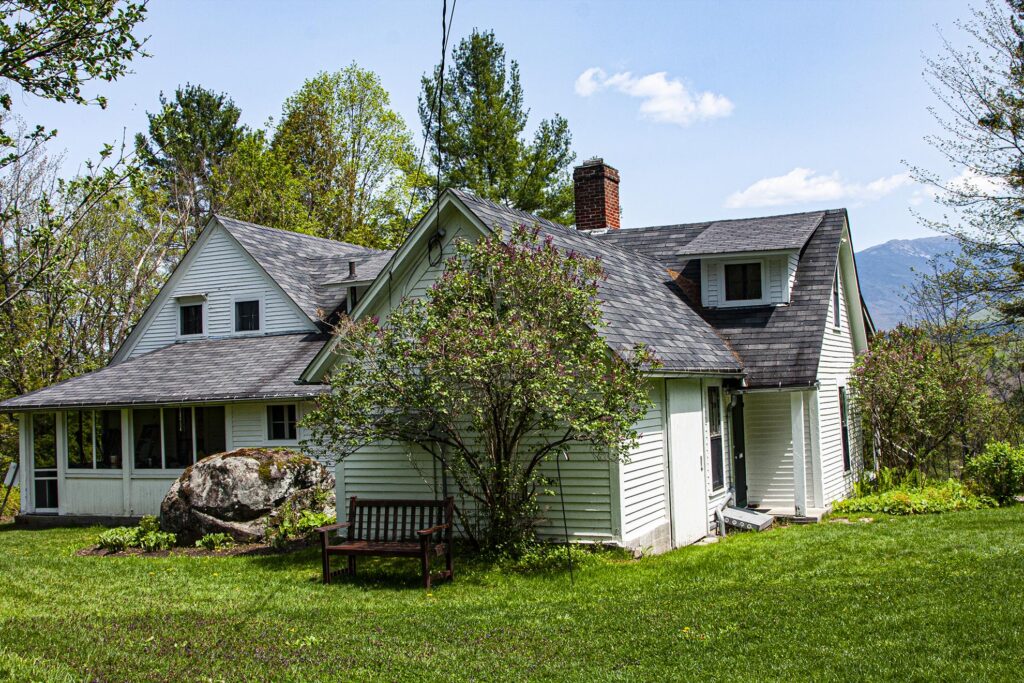
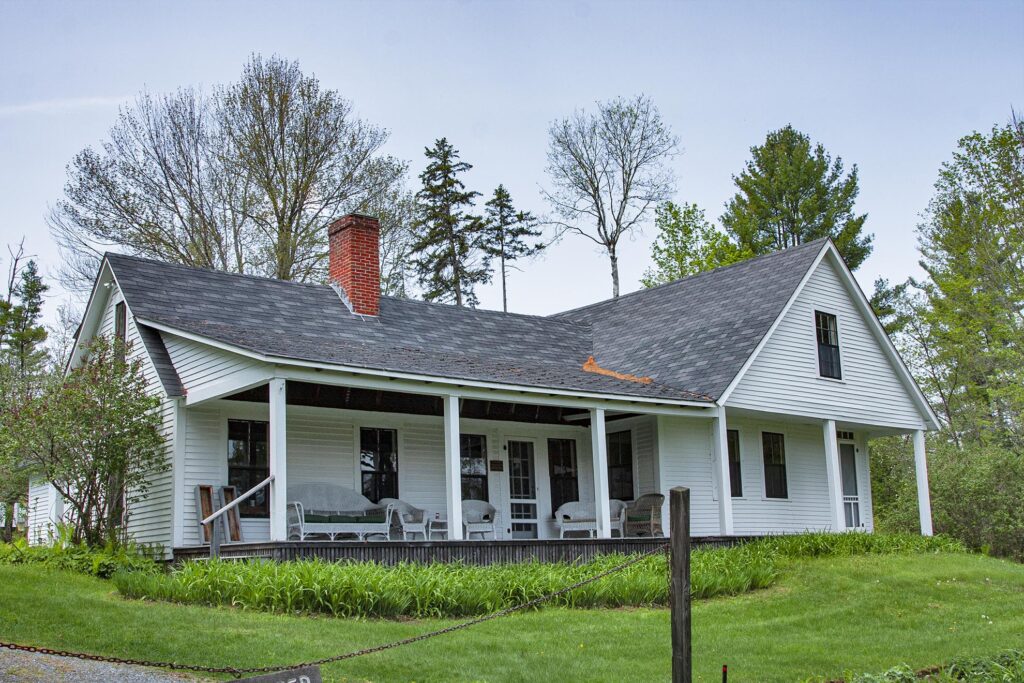
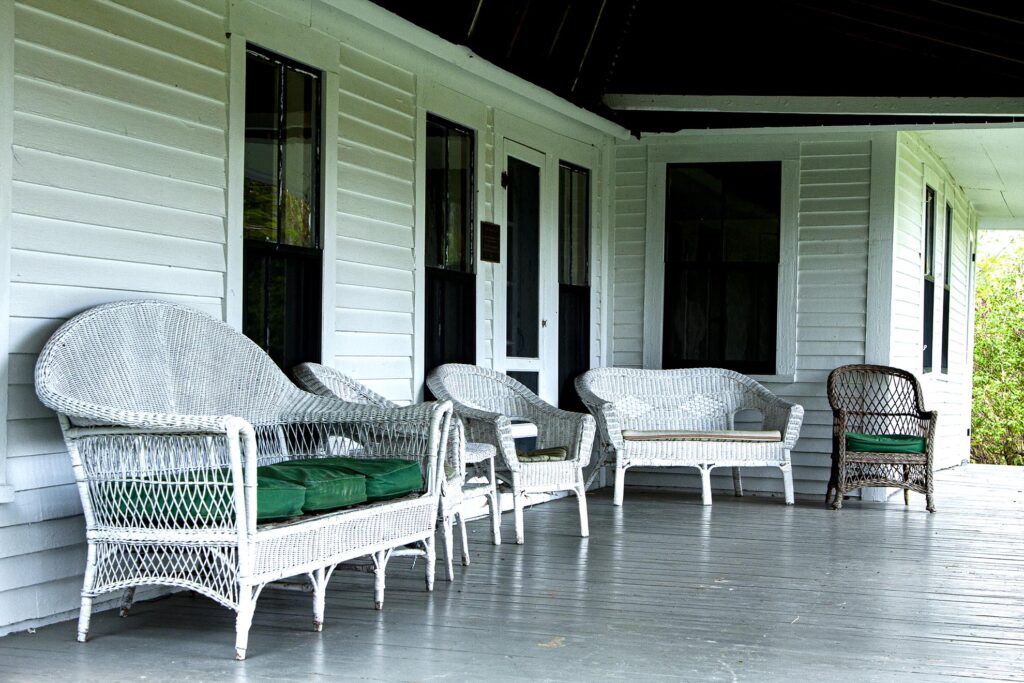
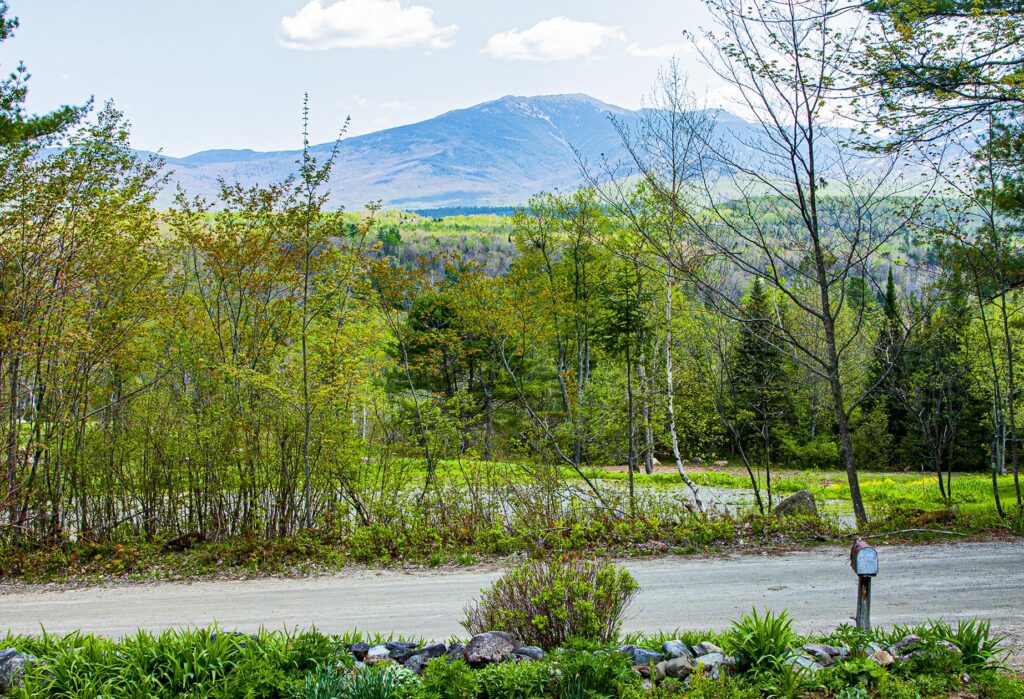
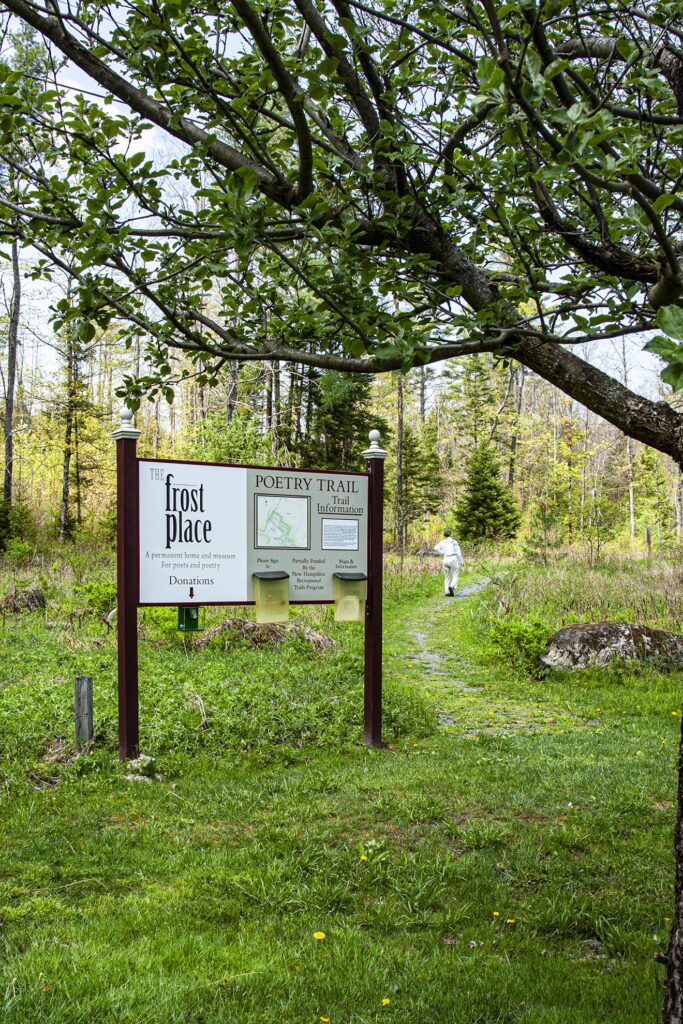
We live in California and one of our favorites trips was visiting Robert Frost’s home in Franconia. We walked the path in the back and read his lovely poems. We shall never forget the peaceful home he lived in and the view from his front porch which I am sure inspired many of his poems.
Thank you Sandy!